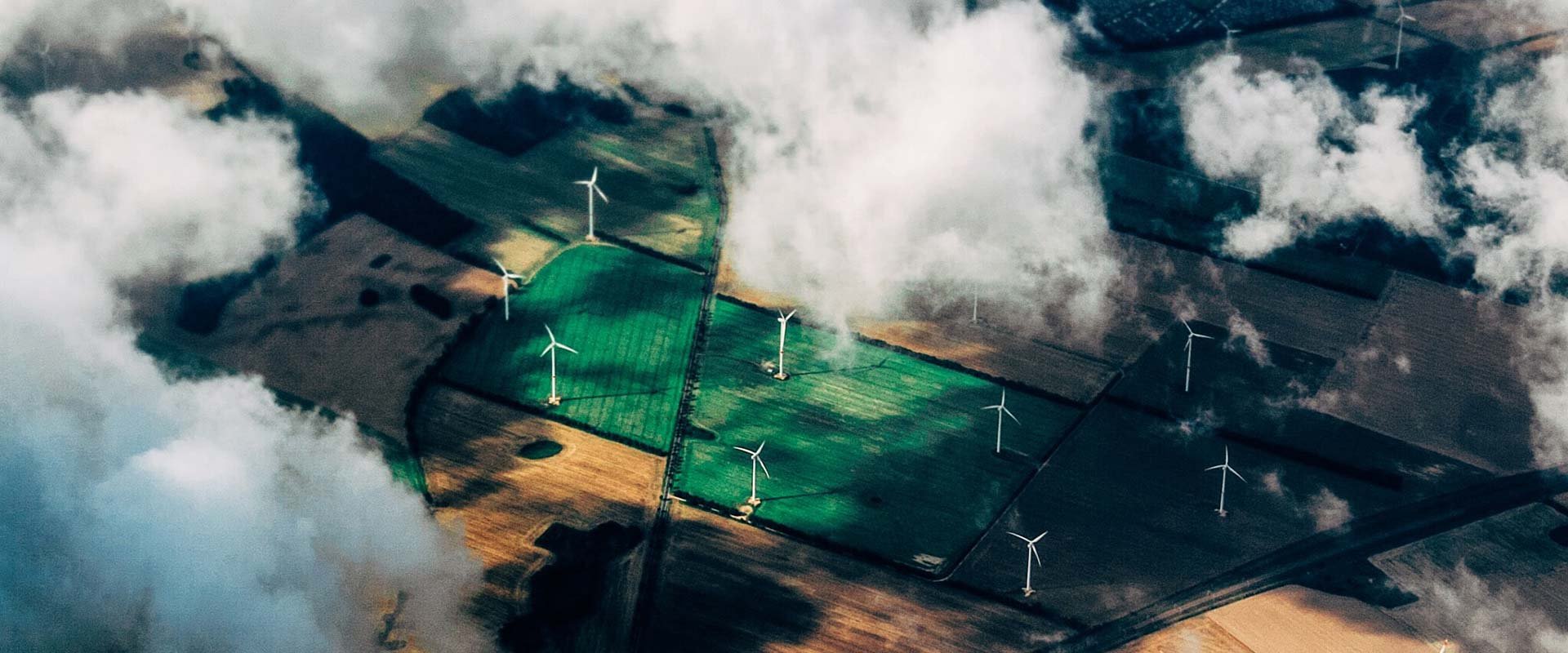Did you know? Fascinating renewable energy facts
renewable energy

renewable energy
The world’s attention and resources are increasingly turning towards renewable energy, as we work to reduce our dependency on fossil fuels. The renewable energy industry is booming, with the global market expected to reach 1.1 trillion US dollars by 2027. With exciting new projects and approaches emerging across solar, wind, hydro, tidal, geothermal and biomass energy on an increasingly frequent basis, renewables are truly revolutionising how we generate energy. While renewable energy has only recently become a commercially-viable alternative to traditional fossil fuels, many renewable technologies are far from new, with some in use since ancient times. Read on for some fascinating facts on renewable energy throughout the ages and across the world.
Solar energy is far from a modern-day invention. In 1839, Alexandre Edmond Becquerel discovered the ‘photovoltaic effect’ wherein electricity is generated from direct sunlight, otherwise known as solar energy. In 1941, Russel Ohl invented the solar cell. NASA was the first to adopt solar technology in the 1950s, using it aboard the satellite Vanguard (now the oldest satellite in orbit).

According to the International Renewable Energy Agency (IRENA)’s 2020 Annual Review, 32 per cent of the global renewables workforce is female, compared to just 21 per cent in fossil fuel sectors. There is of course still room for improvement: women’s participation in science, technology, engineering and mathematics (STEM) roles is still far lower than in administrative jobs, both within renewables and across the energy sector as a whole.

While many countries around the world work toward reducing their carbon emissions, some have taken impressive strides to stop emitting altogether. The leader of the pack is Iceland, which is now almost 100 per cent renewable energy powered, drawing from the nation’s abundant geothermal and hydro reserves.

Solar is now the largest source of renewable energy in Australia, overtaking wind in 2020 thanks to a massive surge of small scale installations and utility scale projects. Currently under construction, New England Solar Farm – a joint venture between UPC Renewables Group and AC Energy – will be Australia’s largest hybrid solar and battery energy storage facility when completed. Read about Australia’s five biggest current solar projects here.

Globally, hydropower is the largest source of renewable power generation, with a total installed capacity of more than 1,307GW. According to a report by the International Energy Agency, hydropower is predicted to remain the largest renewable source during the period between 2019 and 2024. The world’s largest hydroelectric power plant is Three Gorges Dam in China, which has a capacity of 22.5GW.
Read more about hydropower here.

The use of geothermal energy can be traced back to the Romans, who designed buildings that encouraged warm air to move under floors and inside walls to heat their homes. And of course, Romans took advantage of direct geothermal energy, building communal baths on location at hot springs across Italy.

Known as molten-salt technology or molten-salt energy storage (MSES), this process uses concentrated sunlight to melt salt at 131 degrees Celsius. The salt is kept in its liquid form in an insulated storage tank. With proper insulation, the thermal energy can be usefully stored for up to a week. When electricity is required, the hot molten salt is pumped to a conventional steam generator to produce superheated steam for powering a conventional turbine/generator set, the same as those used in any coal, oil, or nuclear power plant. Most solar thermal power plants now use this technology.

In July 2021, the world’s most powerful tidal turbine was connected to the onshore electricity grid in Orkney, a northerly archipelago in Scotland. Known as ‘O2’, the 74-metre-long, 680-tonne turbine will remain anchored in the waters off Orkney for the next 15 years, with the capacity to meet the annual electricity demand for around 2,000 homes. It also provides power to an onshore electrolyser used to generate green hydrogen.

Despite looking rather sleek and streamlined, modern wind turbines are actually quite complex, containing around 8,000 parts. They are also massive, with a typical tower standing around 60 metres tall, extending to a total height of 90 metres with blades and turbine attached. We’ve come a long way since humans first started harnessing the power of wind over two thousand years ago. Read about the evolution of wind turbines here.

Spanning 5,000 hectares of semi-desert in the Chinese province of Qiughai, Gonghe is currently the world’s largest solar PV plant. The 2,200 MW plant was commissioned in September 2020 by Huanghe Hydropower Developments. Following Gonghe, the world’s next largest solar power plants are: Sweihan Power Project (938 MW) in the UAE, Yanchi Solar Park (820 MW) in China, Copper Mountain Solar Facility (816 MW) in the USA and Datong ‘Front Runner’ (800 MW) in China.

For over 25 years, Brunel has worked with innovators and leaders from Australia's resource and power generation industries to deliver both small and large-scale projects. Speak with our renewable energy experts today and discover how Brunel can help meet your personnel and project needs.